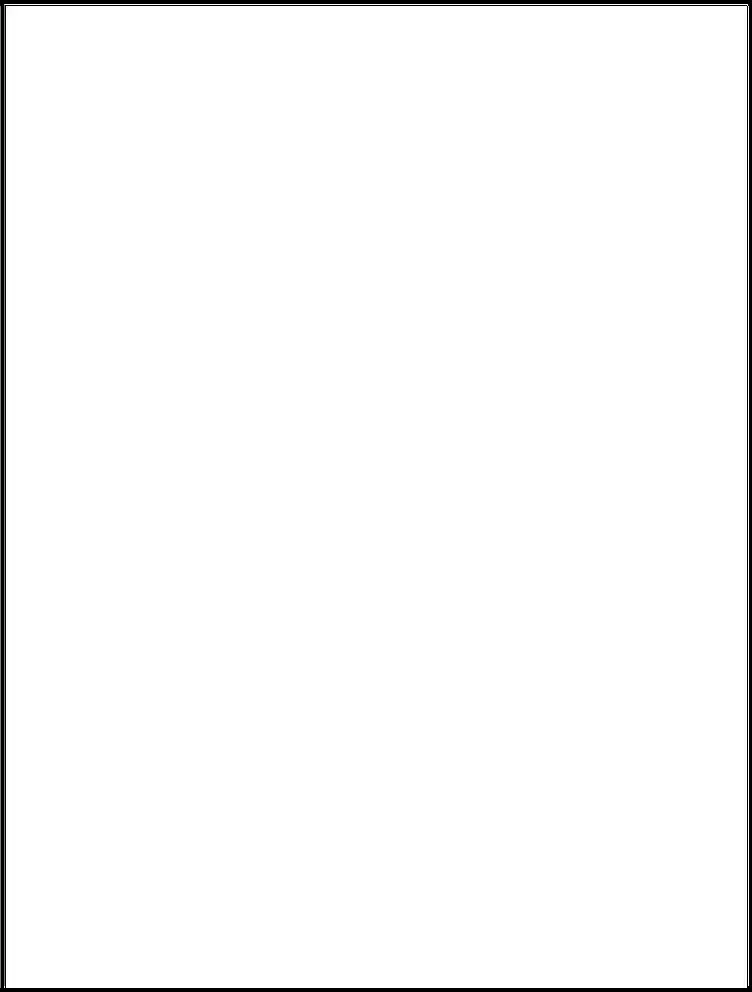Fill a Valid Notarized Odometer Statement Form
The Notarized Odometer Statement form is a legal document used to confirm the mileage of a vehicle at the time of sale or transfer. This statement is signed by a notary public who verifies the information provided by the vehicle's owner. Completing this form is essential for ensuring transparency and compliance in vehicle transactions.
To fill out the Notarized Odometer Statement form, click the button below.
Create This Document Online

